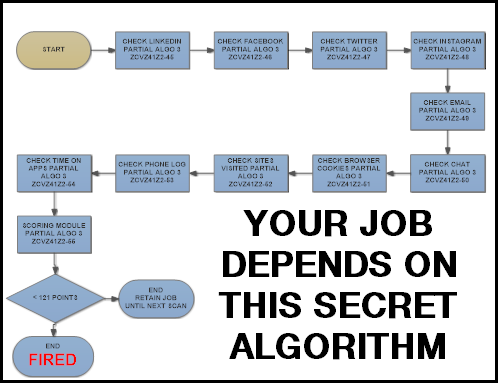San Francisco, California-based Splunk, a producer of software for searching, monitoring, and analyzing machine-generated data via a Web-style interface, has announced a reduction in company headcount and outside consultants.
The cuts will impact approximately 325 employees.
Chief Executive Gary Steele noted,
"As we begin FY24, I’m writing to share an important update on how we are positioning Splunk for future success. Today, we are making the difficult decision to reduce our global workforce by approximately 4%, mostly in North America. This decision is another step in a broader set of proactive organizational and strategic changes that include optimizing our processes, cost structure, and how we operate globally to ensure Splunk continues to balance growth with profitability through these uncertain times and drive success over the long term."
"The early proactive steps we’ve taken over the past several months have minimized the scale of the changes we are making now. Unfortunately, today’s decision impacts about 325 Splunkers across the company."
"Decisions of this nature have a significant human impact, and I don’t take that lightly. Since I joined the company, I’ve often heard the phrase “once a Splunker always a Splunker.” That statement couldn’t be more true than it is today. The people leaving the company are our fellow Splunkers, our friends, and have helped drive our success. I want to express my gratitude for the important contributions they’ve made to Splunk and to our customers."
"Additionally, as you’ve heard me describe before, one of our cost-reduction efforts has been to decrease Splunk’s reliance on external resources, such as agencies or consultants, to get work done. While utilizing these providers was prudent during Splunk’s early years, moving forward we will be more judicious about what work we outsource and what we will stop doing. Each organization will communicate changes that align these activities to our new cost structure."
"Being proactive and agile has always been, and will always be, part of Splunk’s DNA. I want to assure you that I remain confident in our strategy and that these decisions, difficult as they have been, are in service of building a better, stronger Splunk. No doubt you’ll have questions about today’s news. We have posted resources on Pwny Portal to help guide us through this process."
"Looking ahead, we will continue to invest in the areas that got us to where we are today – including how we engage with customers, our innovation and our talent. This will include the select recruiting of new Splunkers in FY24, consistent with our focus on accessing global talent in lower-cost areas. At the same time, we will continually assess our organizational health, where and how we work, and how we deploy our team and resources to deliver customer and shareholder value. I believe that the changes we are implementing today will help Splunk realize its potential to deliver incredible long-term value and become the best-in-class global enterprise that our customers and investors rely upon, and an amazing employer where Splunkers can thrive and grow their careers."
"Thank you for your focus, support, and collaboration as we evolve Splunk for our shared future success."
Change is coming. There will always be a tomorrow, no matter how much you may try to ignore it. There are no guarantees in life or promises for a bright future. We see good people being laid off through no fault of their own. Just because something bad hasn't happened yet, doesn't mean it won't. It can happen to anyone, anytime, anywhere. No one is guaranteed to wake up tomorrow and still have a job by evening. Are you now wondering, Am I Next?



